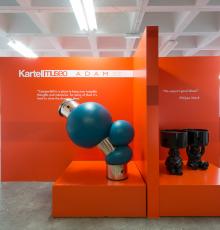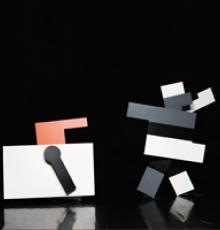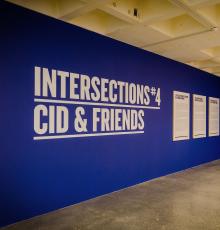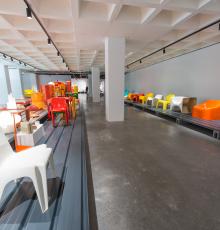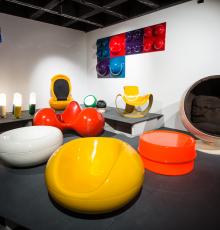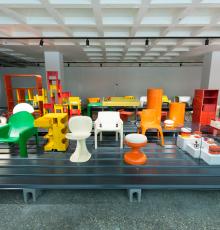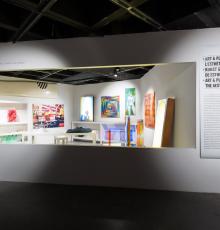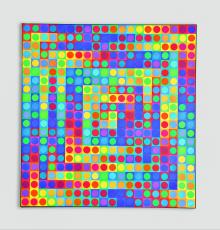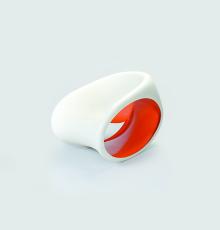
ADAM
Art & Design Atomium Museum The Plastic Collection
Texts by Anne Bony, Alexandra Midal & Richard Thommeret
Soft cover - 23 x 28 cm - 216 pages - more than 300 color pictures
Texts in 4 languages: FR/NL/ENG/ALL
Public price: 24 €
ISBN: 978-2-87572-015-3
Coedition CFC-Éditions and ADAM
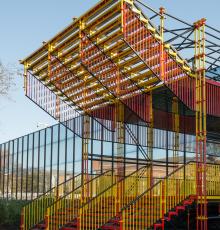

An advocate for New Realism and a major figure within that movement, here Arman offers a new take on reality. With this accumulation of upholstery tools encased in orange resin, a standard item becomes idealized. This Pop-Art creation, which exhibits a combination of enthusiasm and earnestness, allows us to explore the paradoxes of the consumer society.These Scrapers illustrate “the pure poetry of industrial chemistry”, to quote the words of the critic Pierre Restany.
Copyright Art & Design Atomium Museum (ADAM) - Elie Leon.


This chair, which marked a radical break with the past, became the icon of an era. The designer shook up traditional practices by transforming the conventional four-legged chair and rejecting the use of classic
materials; the sensational form of the plastic Cantilever model counterbalanced the commonplace character of its
material.
Copyright Art & Design Atomium Museum (ADAM) - Elie Leon

The comfortable Garden Egg, with its polyurethane foam seat pads covered in jersey fabric (containing nylon fibres), was designed for outdoor use. In the event of rain, the chair can be closed to form a perfect egg shape. It has its place among those iconic pieces that transcend the status of designer objects and are seen as true works of art.
Copyright Art & Design Atomium Museum (ADAM) - Elie Leon

Through his innovative, futuristic, or even utopian approach, the style of the Italian designer Joe Colombo fits in the great currents that characterize the 1960s: the Pop movement, mass consumption, the democratization of audio-visual products such as television, the protest movements of the late 1960s.
Copyright Art & Design Atomium Museum (ADAM) - Elie Leon

With this Electric Plug, Klasen, one of the founders of the New Figuration movement, ironically questions the dangers of modernity and of new technology. This sculptural piece illustrates the harmonious relationship between electricity and plastics.
Copyright Art & Design Atomium Museum (ADAM) - Elie Leon

In 1969, Ettore Sottsass created the Valentine typewriter. At the time he was head of the design department at Olivetti,having been appointed to the position in 1958 at just 23 years of age. The Italian firm created the very first office computer in 1965, giving rise to an amusing paradox: with the Valentine the designer, who had become the precursor and later the high priest of Postmodernism, had given a fresh makeover, with a brightly coloured portable container, to a soon-to-be outmoded piece of technology.
Copyright Art & Design Atomium Museum (ADAM) - Elie Leon

